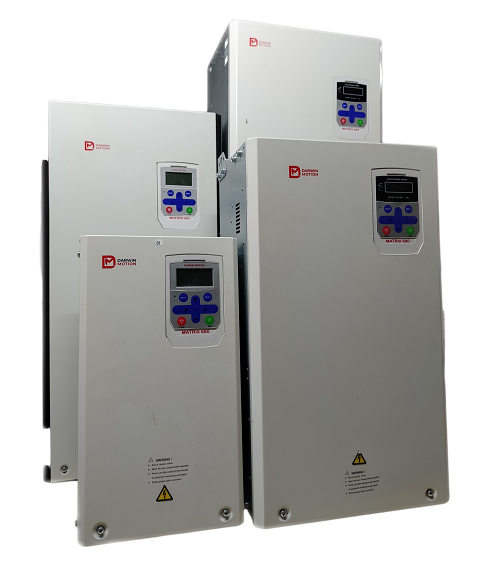Posted on 29th Jul 2024

In the realm of modern industrial automation, the ability to control motor speed with precision is crucial. Variable Frequency Drive (VFD) motor speed controllers have emerged as a revolutionary solution, offering unparalleled benefits in terms of efficiency, control, and versatility. This article delves into the intricacies of VFD motor speed controllers, exploring their functionalities, advantages, and applications.
A Variable Frequency Drive (VFD) is an electronic device that regulates the speed and torque of electric motors by adjusting the frequency and voltage of the electrical power supplied. VFDs are indispensable in scenarios where precise motor control is essential, and they play a critical role in optimizing the performance and energy consumption of various motor-driven systems.
The VFD begins with a rectifier, which converts the incoming alternating current (AC) to direct current (DC). This process is vital for providing a stable and controllable power supply to the motor.
The DC bus acts as a reservoir, storing the converted DC power and smoothing out any fluctuations. This ensures a consistent and reliable power supply to the inverter stage.
The inverter is the heart of the VFD. It converts the DC power back into AC power but at a variable frequency and voltage. This variable output allows for precise control over the motor speed and torque, tailored to the specific requirements of the application.
One of the most significant advantages of VFDs is their ability to enhance energy efficiency. By adjusting the motor speed to match the load requirements, VFDs reduce unnecessary energy consumption, leading to substantial cost savings.
VFDs offer precise control over motor speed and torque, enabling fine-tuning of industrial processes. This level of control is essential for applications requiring consistent and accurate performance, such as in manufacturing and material handling.
Traditional motor starters subject motors to sudden surges of power, causing mechanical stress and wear. VFDs provide smooth acceleration and deceleration, minimizing stress on the motor and associated mechanical components, thereby extending their lifespan.
VFDs are highly versatile and can be used in a wide range of applications. They are compatible with various types of motors and can be integrated into different systems, making them a flexible solution for diverse industrial needs.
Solar Drive come equipped with various protective features, such as overload protection, short-circuit protection, and fault diagnostics. These features ensure safe and reliable operation, reducing the risk of equipment damage and downtime.
In heating, ventilation, and air conditioning (HVAC) systems, VFDs regulate the speed of fans and pumps, optimizing airflow and fluid movement. This results in improved energy efficiency and precise climate control.
Manufacturing processes often require varying speeds and precise control to maintain product quality. High Performance drive enable seamless adjustments, ensuring consistent and accurate production.
In water and wastewater treatment plants, VFDs control the speed of pumps and motors, optimizing the treatment process and reducing energy consumption.
Conveyor systems in industries such as mining, food processing, and logistics benefit from VFDs' ability to control belt speed and manage varying loads efficiently.
In renewable energy applications, such as wind turbines and solar power plants, VFDs play a crucial role in converting and controlling power output, enhancing overall system performance.
According to Darwin Motion Variable frequency drive manufacturer, "Variable Frequency Drive motor speed controllers are indispensable in modern industrial automation, offering a plethora of benefits ranging from energy efficiency to improved process control. By providing precise motor control, reducing mechanical stress, and enhancing safety, VFDs contribute significantly to optimizing industrial operations. As industries continue to prioritize efficiency and sustainability, the adoption of VFD technology is poised to become increasingly widespread, driving advancements and innovations in various sectors.